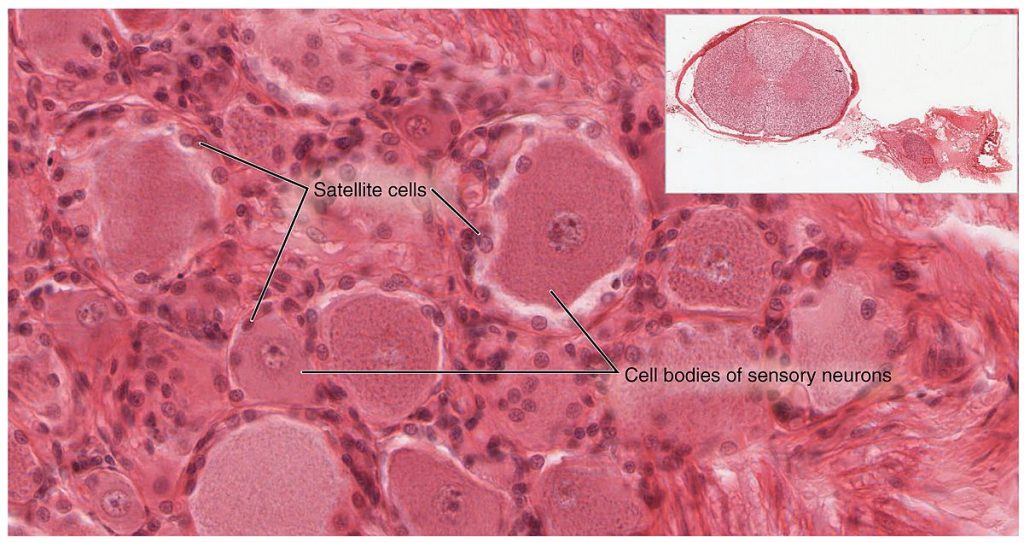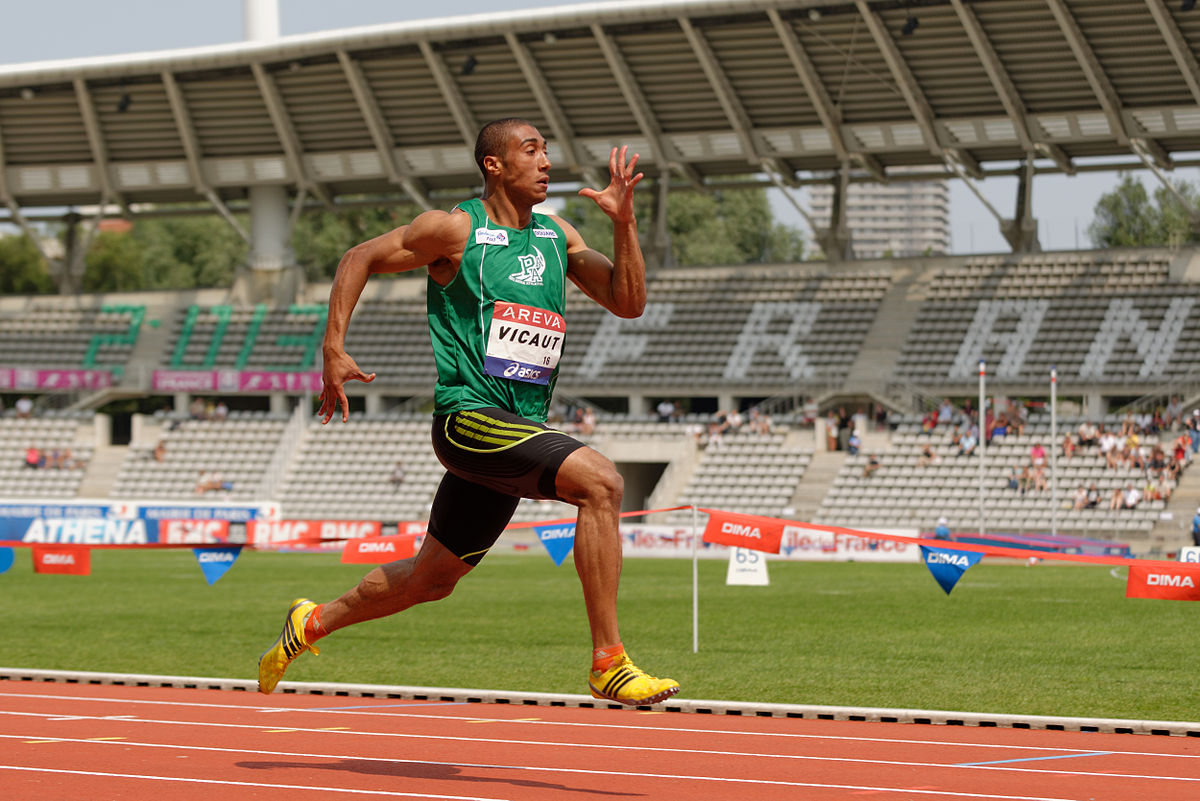A well-developed skeletal muscle system has been imperative for the success of humankind throughout evolution. Exercise, the voluntary activation of skeletal muscle tissue for physical activity, is a demanding process requiring numerous robust cellular and systematic responses. Skeletal muscle tissue is composed of myofibres, dense muscle cells containing various proteins, energy stores, myonuclei, and biomolecular signalling mechanisms. Triggered by increased workloads or heightened hormonal stimulations, muscle mass can be increased through the alteration of myofibre size in a process known as hypertrophy. Satellite cells, essentially the stem cells of muscle tissue, are crucial in the hypertrophic process, as well as for the regeneration of muscle tissue that occurs after an injury. This blog will focus on the particular roles of satellite cells in hypertrophy, muscle tissue regeneration, and muscle memory. Satellite cells are paramount to maintaining a functional and capable skeletal muscle system, thereby contributing to a person’s overall fitness.
Introduction to satellite cells and their hypertrophic role
The role of satellite cells in muscle tissue regeneration and hypertrophy have been well established. In contrast to the multinucleated myofibres located in the layer above them, satellite cells are mononucleated. These cells are able to self-proliferate and differentiate to create new muscle tissue, similar to other stem cells in the body. Under periods of hypertrophy, or muscle growth, satellite cells undergo division and fusion with myofibres. During this process, satellite cells donate their myonuclei to the myofibres, thus supporting an increased cytoplasmic volume. Also known as myonuclear accretion, this process combined with a net positive muscle protein balance results in hypertrophy of skeletal muscle tissue. In fact, hypertrophy could not occur in myofibres that lack adequate numbers of myonuclei without the presence of satellite cells. This illustrates the vital role satellite cells play in muscle growth.

Skeletal muscle tissue containing satellite cells. Image credit: OpenStax, CC BY 4.0
Satellite cells in damaged muscle tissue
In addition to their function in hypertrophy, satellite cells are also crucial for skeletal muscle tissue regeneration and repair. Once an injury occurs in muscle tissue, such as after eccentric exercise, the regeneration of muscle tissue proceeds in a series of three subsequent and overlapping stages. In other words, multiple stages may occur simultaneously. The three stages are: the inflammatory response, activation and fusion of differentiated satellite cells, and the restoration of myofibre structure. Satellite cells provide new myonuclei for damaged myofibres as well as myofibres that have been synthesized de novo, depending on the extent of the damage. The differentiation of satellite cells and provision of myonuclei advances muscle repair. It is important to note that during this process, the satellite cells are dividing asymmetrically. One subset of the satellite cells differentiate and fuse with myofibres for repair, while the other undergoes reversion to quiescence, a state of non-division. Therefore, the satellite cell pool is maintained, and not entirely used up during the muscle tissue repair and regeneration. Additionally, satellite cell populations are not homogeneous, there are instead multiple distinct forms of satellite cells in different muscle tissue types. These heterogeneous satellite cell populations differ in their maintenance of reservoir populations, myofibre quantities, and structure of local muscle tissue. Without satellite cells, regeneration and repair of muscle tissues could not occur, meaning that these cells are absolutely necessary to maintain a state of physiological well-being.

The sequence of developments satellite cells undergo prior to muscle tissue hypertrophy or regeneration. Image credits: Zammit PS, Partridge TA, Yablonka-Reuveni Z, CC BY-SA 4.0
Muscle memory
Recently, researchers have begun to examine the role of satellite cells in skeletal muscle memory. This type of muscle memory can be defined as the capacity for skeletal muscle tissue to respond disparately to stimuli if an encounter with this type of stimuli has occurred previously. Recent experiments have shown that muscle cells indeed retain a form of memory that makes gaining muscle mass more efficient. The researchers state that this memory is related to the quantity of myonuclei present. As previously noted, satellite cells fuse with myofibres and donate myonuclei during hypertrophy, or muscle growth. In states of muscle disuse, also known as atrophy, the muscle tissue becomes smaller, however the number of myonuclei is retained. Since the quantity of myonuclei is already relatively high from previous instances of hypertrophy, this makes it easier for muscles to regain their size as they do not need to synthesize myonuclei de novo. Therefore, this suggests that hypertrophy may not necessarily require additional satellite cells if the muscle tissue had previously undergone extensive periods of muscle growth. Nonetheless, satellite cells are still imperative for the introduction of myonuclei to muscle fibres in the first place, and this extraordinary function should not be detracted from. These results alter the current understanding of muscle growth and the role of satellite cells.
Conclusion
Satellite cells are paramount to maintenance and well-being of skeletal muscle tissue. Their role in hypertrophy and muscle tissue regeneration through the fusion and provision of myonuclei illustrates this fact. Additionally, the presence of heterogeneous satellite cell types based on their relative location in the body is crucial for determining the necessary structural muscle composition and repair pathway. Moreover, recent research on muscle memory has altered the known physiological and developmental roles of satellite cells. Further research into satellite cells will greatly benefit not only the understanding of their functional roles within the body, but may yield innovative and beneficial medical applications as well. Satellite cells truly are the engineers of muscle tissue.

Recent Comments